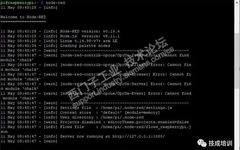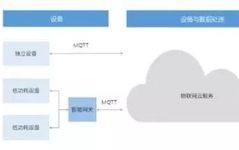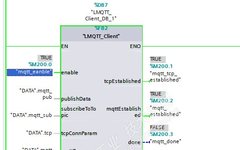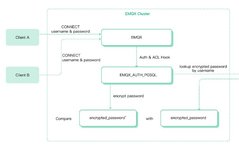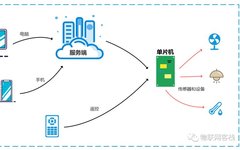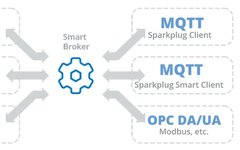Raspberry Pi, Siemens PLC, and Alibaba Cloud Integration
The Raspberry Pi, designed for learning computer programming education, is a microcomputer the size of a credit card, with a system based on Linux. Since its launch, it has been favored by many computer enthusiasts and makers. Despite its small size, it is incredibly powerful! So what sparks can be created when the Raspberry Pi … Read more
